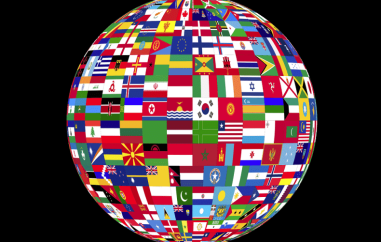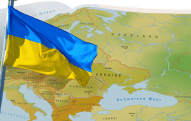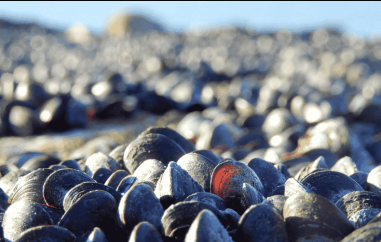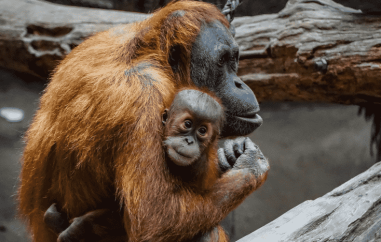Sponges shed new light on muscle evolution
New research show that sponges, which lack muscle cells, have some proteins found in muscle cells. The finding moves back our estimates of exactly when muscle cells evolved.
Sponges have a very old evolutionary lineage in the animal kingdom. They are also relatively simple animals; they lack the bilateral symmetry, true tissue layers, and other bodily systems characteristic of most other animals including the circulatory, muscular, nervous or digestive systems. Also, most sponges do not move, and as a result many students believe they are not even alive. Yet despite their simple structure, researchers have now found some proteins that are typically found in muscle cells. The new findings were published online on 27 June in the prestigious science journal Nature.
With the evolution of neuromuscular systems, requiring communication between neurons and muscular cells, animals acquired the capacity for articulated movement, which in turn allowed them to develop complex patterns of behaviour. While the structure and function of vertebrate muscle cells have been studied in great detail, its evolutionary origins have until now remained obscure.
An international team led by evolutionary biologist Professor Ulrich Technau, of Vienna University, have reported for the first time that sponges carry proteins typically found in skeletal muscle of higher organisms. These findings contradict previous assessments of muscle evolution. "Hence, the origins of musculature lie much further back in time than we suspected," says Professor Gert Wörheide, of Ludwig-Maximilians-Universität's (LMU) GeoBio-Center in Munich. Members of his research group contributed significantly to the new findings, particularly Humboldt Fellow Claire Larroux who did much of the work on the sponges.
How the jellyfish got its stripes
These newly discovered muscle-related proteins are probably responsible for regulating the circulation of water throughout the sponges. One of these proteins, known as Type II myosin heavy chain, or myHC, is essential for the function and the striated appearance of skeletal muscle fibers in higher organisms. "This specific form of myosin was previously known only from true muscle cells," says Prof. Technau. "But it probably evolved long before the first multi-cellular animals arose."
The new findings suggest that myHC, in addition to other basic muscle proteins, provided the basis for the evolution of muscles. The musculature of higher animals is the result of a process of duplication and diversification of genes that encoded early molecules. Muscle development, therefore, did not require the wholesale invention of new genes. Jellyfish, for example, are likely to be over 600 million years old, and possess striated muscles. The Jellyfish's striated muscles also contain the ancient 'muscle myosin'Â protein but lack several essential components that are characteristic for the structure and function that are present in the striated muscles of 'higher animals'.
The new discovery confirms that there are very ancient elements found in simple cells providing the foundation for the evolution of more complex structures. Further implications of this work include showing that striated muscles of cnidarians and higher organisms most probably evolved independently of each other.
Plans for the future
Currently the Munich group is in the process of sequencing the genome of Tethya wilhelma, which is a sponge that they have been able to successfully grow in a lab. This is a significant accomplishment given that marine sponges are quite difficult to culture in a lab. This technical advance provides the basis for future studies looking into the early evolution of the molecular components of bilaterian key-traits, such as the nervous system, or even cancer-related genes.
Original article:
Independent evolution of striated muscles in cnidarians and bilaterians. doi:10.1038/nature11180










































